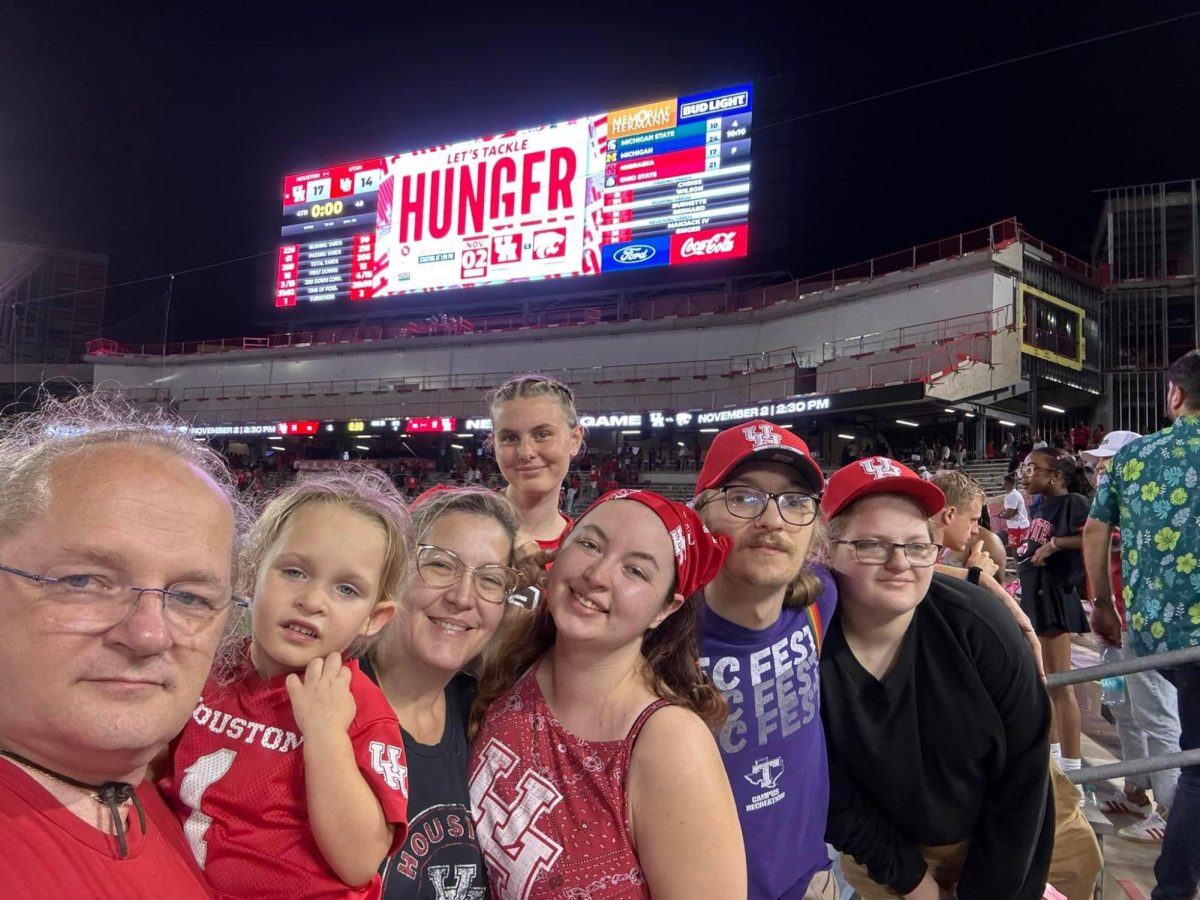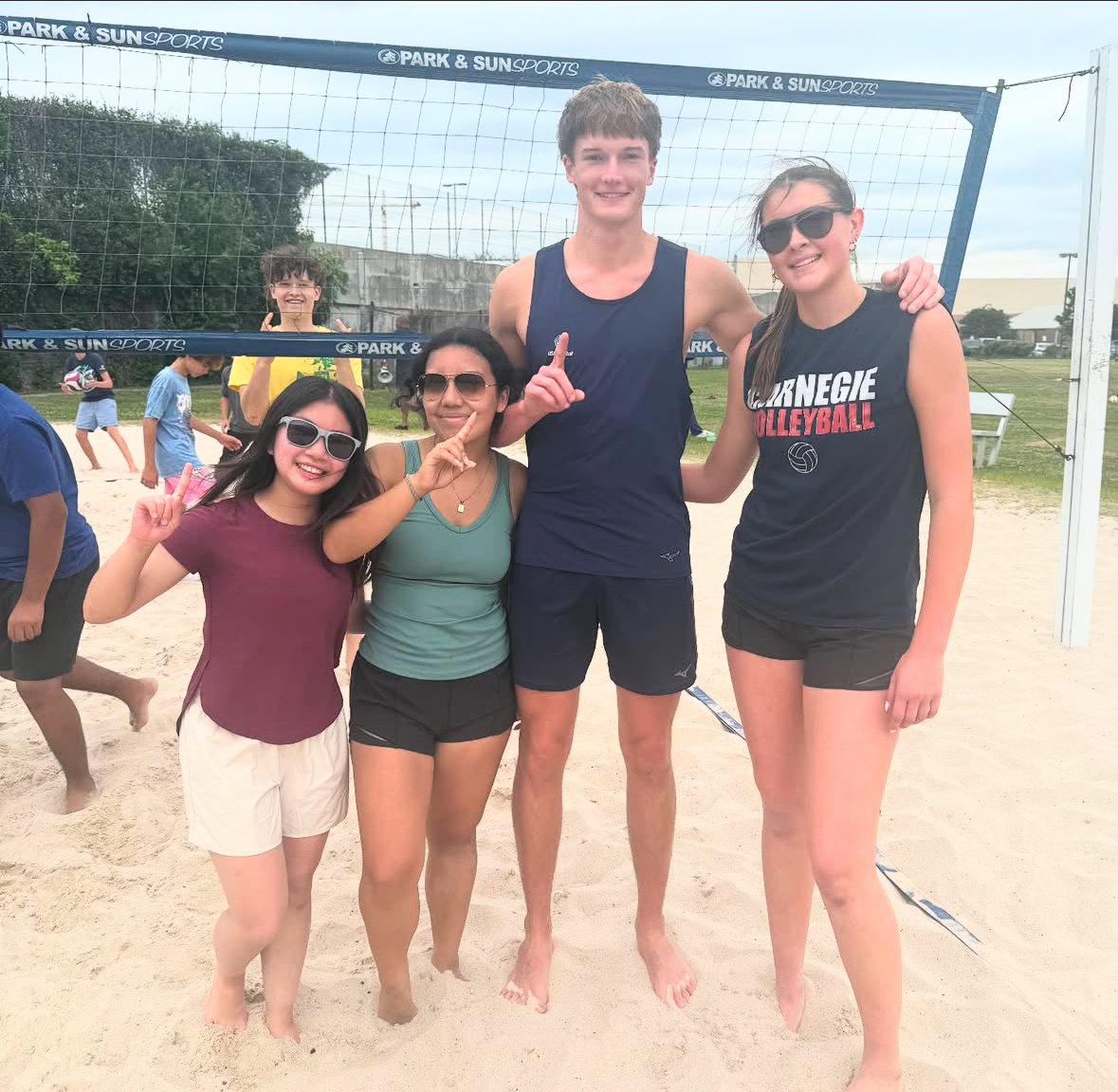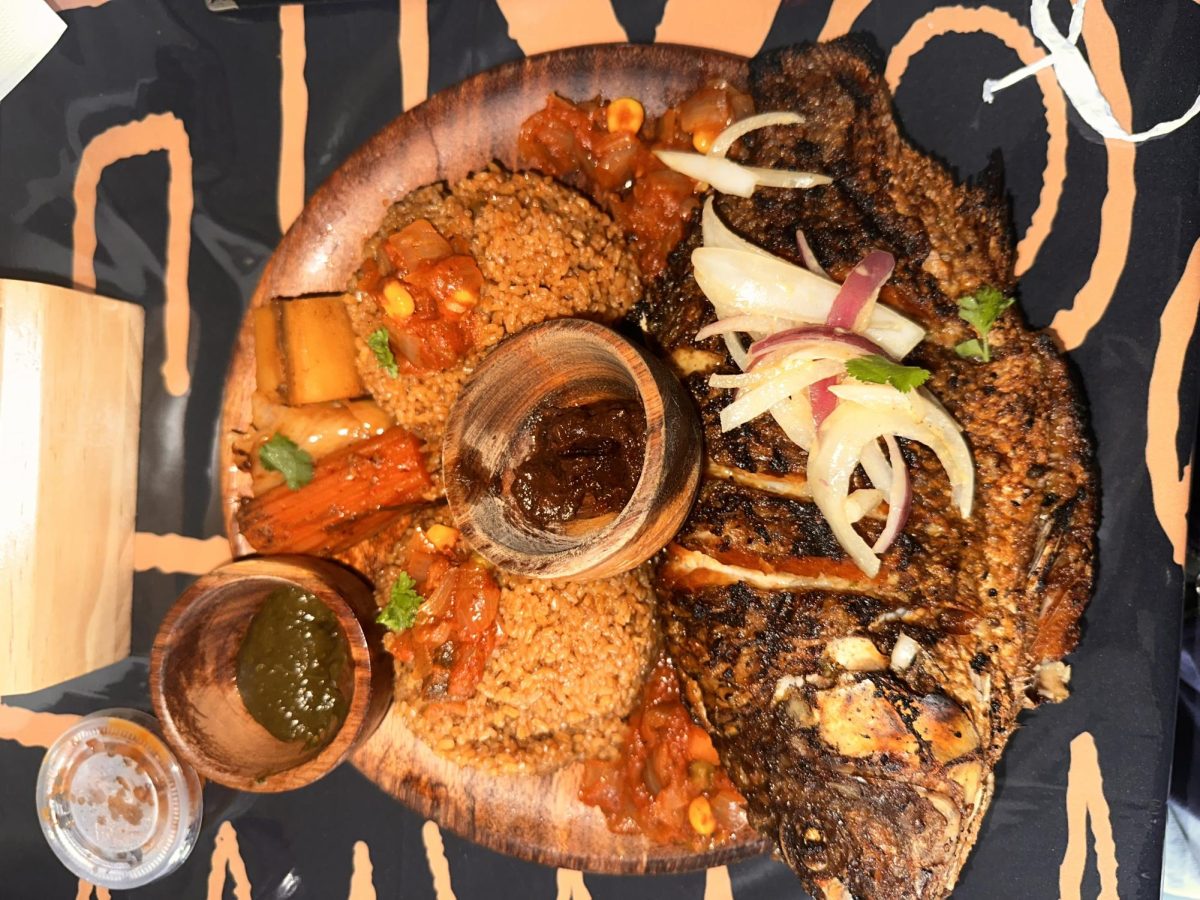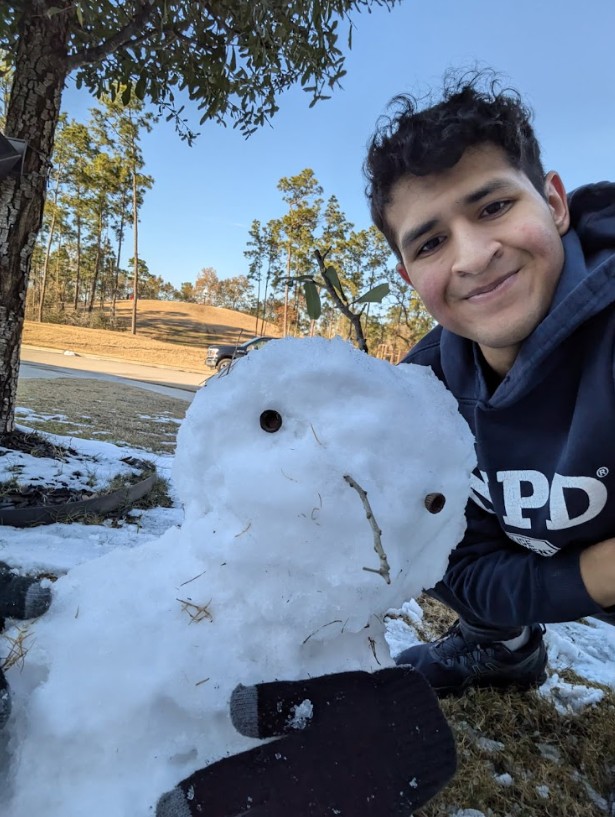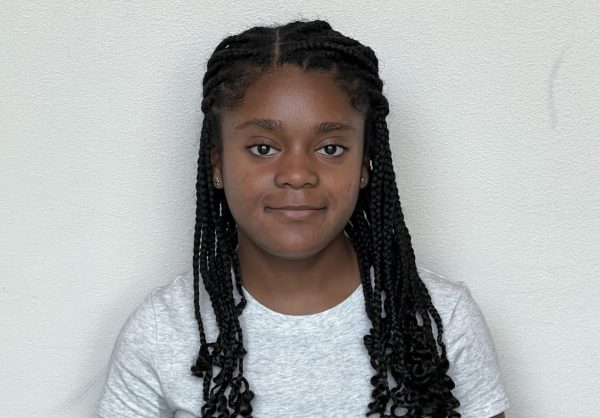A furry guinea pig with long white fur and watery red eyes nestled in its bedding, a shimmering peach-colored corn snake winding listlessly around a branch in its tank, or a pair of colorful parakeets chattering away were some of the class pets that could be found in any of the classrooms at my elementary school.
My school had a system where, during holiday breaks, students and their families could take home class pets to care for them and return them when school resumed. I had begged my parents to take home a class pet since preschool, and finally, when I was in first grade, they agreed.
Before spring break, I scanned the list of pet options and, for reasons I still don’t understand, picked the one type of bird I had never heard of before: society finches. When my dad brought them home, I was instantly infatuated. They were two very small brown-and-white birds, staring up with their beady black eyes from inside the cage. Over the break, I watched them with fascination as they engaged in their daily activities. By the end of the break, I knew I wanted my own society finches.
When I asked my parents for pet society finches, they told me I needed to show responsibility before getting a pet. I took this as an invitation to aggressively research and record every bit of information the internet and library had about society finches. That Christmas, my parents gifted me a book about caring for pet finches.
After months of purchasing and setting up all the supplies, we decided on a Friday in March to get them. That morning, I was so excited to go to the pet store, I didn’t want to eat breakfast, which was very uncharacteristic for me. At around noon, my dad, brother, and I went to a store we had previously researched and visited called the Pet Supermarket. I raced past the ferrets and cats at the front of the store and found the bird and reptile section at the back.
The store had four society finches available that day. My brother and I looked at the four birds for almost 30 minutes before I made a decision. After much thought and observation, I picked the two birds that seemed the most lively but were also very gentle with each other. The pet store attendant put them in small boxes with air holes in the sides. We bought them and took them home.
Once home, I took a closer look at both of them, as I had been so caught up in the excitement at the store. One of the birds was mostly a dusty brown color, like cocoa powder or hot chocolate, so I named him Coco. The other had feathers dappled with white, tan, and dark brown. The feather pattern reminded me of the coat of a calico cat, so I named her Calico.
I soon learned about some of my birds’ interesting habits. They puffed up their feathers when they were relaxed or cold, looking like cheerleading poms. They sometimes stood on one leg and tucked their heads into their back feathers when they slept. The most fascinating thing, by far, was their visual habits. My birds had an eye on each side of their head, which stuck out when viewed straight on. Because of this, they couldn’t move their eyes to look up or down, so they had to tilt or rotate their entire head in the direction they wanted to see. As I watched them, I began to bond with them more.
When the COVID-19 pandemic hit and the country went into lockdown, my younger brother and I turned to creating funny videos starring Coco and Calico. We used our iPad to record them singing, chirping, and eating. We also created funny stories about them based on the personalities we gave them. I even wrote a story for an English project about them. When I got bored, I would watch them go about their lives, oblivious to the events of the outside world.
Having Coco and Calico around brought me calm and comfort whenever I felt sad, stuck, or lonely during the lockdown. My birds were naturally very quiet, so whenever I felt overwhelmed by what I saw on the news or what was happening around me, I would sit quietly and listen to their soft chirps, which always helped me feel better.
When pandemic restrictions were lifted and I returned to in-person school, I couldn’t spend as much time with Coco and Calico. However, whenever I was home, they never failed to bring me peace and joy.
Pet society finches typically live for five to seven years, but I always believed Coco and Calico would live past those years. On the last day of November 2023, while doing my biology homework, I felt an inexplicable sense of worry. I went to my room and saw both Coco and Calico in their nest, but something was wrong. Calico wasn’t moving and was flopped over on her side. I saw her shaking violently, as if she were seizing. I yelled for my parents, knowing there was nothing I could do. My family stood together near the cage, barely daring to breathe, until Calico stopped moving. I knew she had passed away.
The next day, I woke up feeling numb. I had never experienced the death of anything or anyone close to me. Grief gripped me tightly. I wanted to remember all the times I had with Calico and rewatch all the videos my brother and I made of her, but I also wanted to cry in bed. Then I remembered Coco. He was alone and needed me and my family. Finches are social birds, so we moved him out of my room into the dining room so he could be closer to all of us.
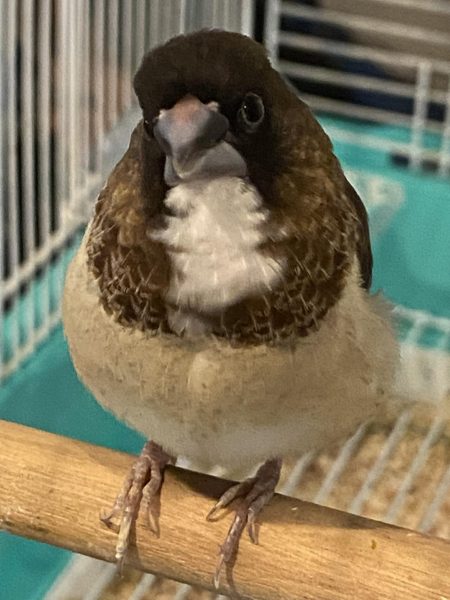
As time went on, I started to feel better, and my grief evolved. I also began to think more about the wild birds in my neighborhood and reminded myself to become more involved with them. The summer after Calico died, I decided to honor her by volunteering in the bird department at the Houston Zoo.
I still often think about Calico and am thankful for the time I had with her. She brought joy and peace during a difficult time. I now think of her passing as her being needed elsewhere for another purpose. I make sure to spoil Coco even more and cherish the time I have left with him.






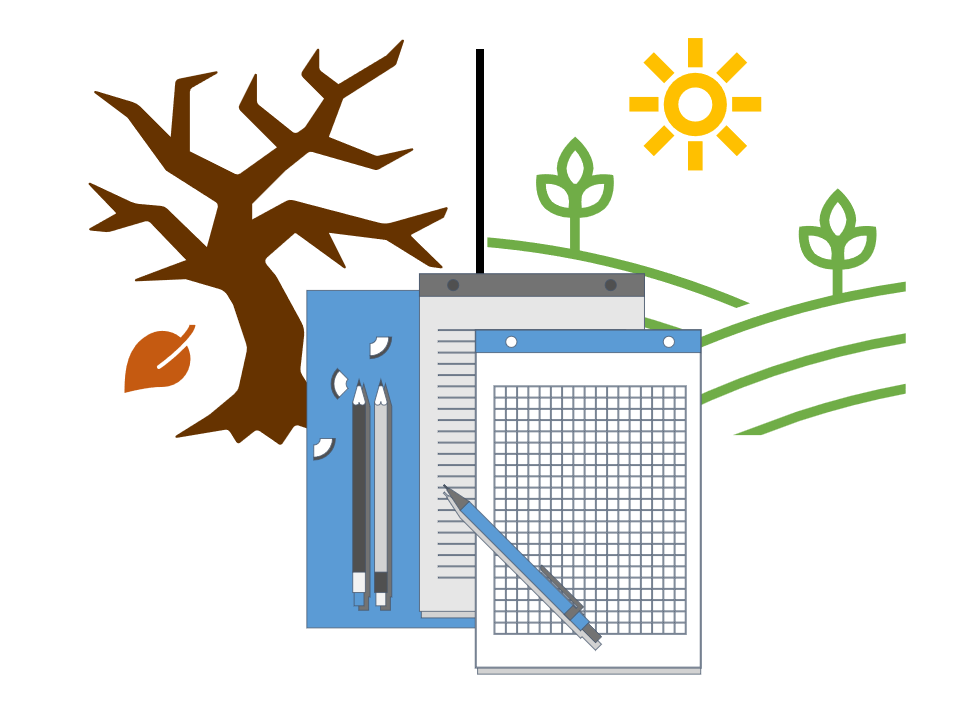
![Daniella [me] spending time at her home in Colombia for her third birthday.](https://cvhsnews.org/wp-content/uploads/2025/02/55567735-119c-4f28-8c4b-ad395dea4fb1.jpeg)
